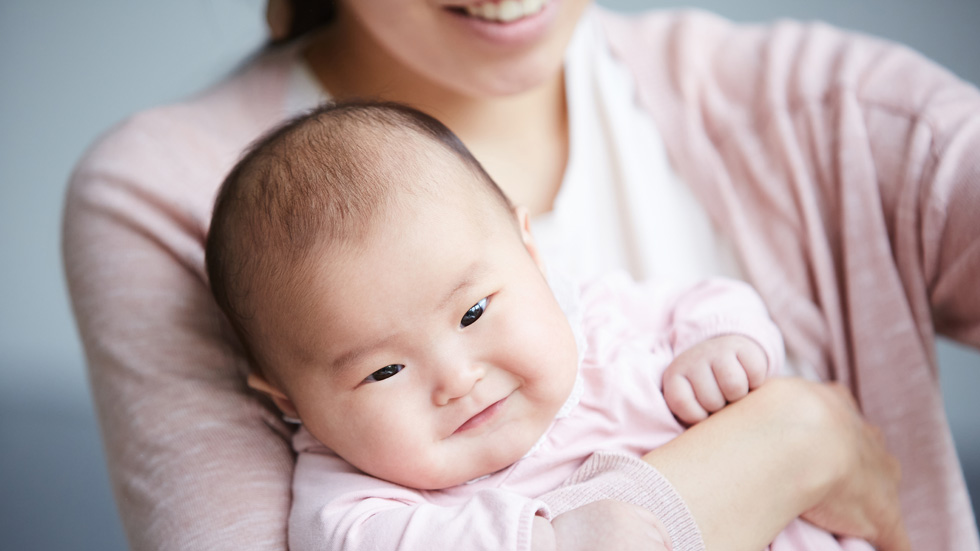Singapore is a heterogeneous society benefitting from a marked development over the past six decades in the domains of infrastructure, per capita income, and education to name but three. Yet the desire to accrue wealth has negatively affected procreation and the way families are made up (Li et al., 2015). Family formation through birth has shown a sharp decline as the resident total fertility rate has decreased from just over 3 in 1970 to 1.25 in 2014 (Mathews, 2015). At the same time, the gross domestic product per capita per annum has risen from 516 USD in 1950 to 52,961 USD in 2016 making Singapore the tenth richest country in the world (International Monetary Fund, 2017). This economic growth has impacted the societal make up and also its educational facilities both in numbers and quality. In Singapore, dual-career families where both partners are gainfully employed are on the rise. In consequence, mothers who work full-time are faced with restricted face-to-face contact in their child’s upbringing, which is vital in early childhood defined as the period from birth to approximately six years of age. The maternal control style plays an important role in a child’s compliance together with its own temperament (Braungart-Rieker et al., 1997).

With the rise of education standards came highly educated parents, who are able to provide their children with a very structured learning environment rich in resources and an improved language development, which has a wide-scale positive impact on social interaction, relationships, and academic ability (Brandone et al., 2006). Within a family unit, when a child has a lower degree of understanding of emotions and their interactions, there is a stronger correlation with the parents’ educational background as well as the father’s occupational status (Dunn & Brown, 1994). These three aspects, a child’s compliance, its improved structured learning environment, and its understanding of emotions all affect early childhood in Singapore.
The Absence of the Mother in Dual-career Families and Its Effect on the Child
Looking at the age groups relevant to child bearing and rearing stages, the percentage of dual-career families where the husband is under 35 years of age is at over 75, and 70 % where the husband is aged 35 to 49 (Department of Statistics Singapore, 2015). 83 % of households are defined as a one or multi-family nucleus, typically a married, opposite sex couple with at least one child. When both partners are working there is less time for caretaking. Parents will have to consider looking for outside professional help in minding, educating, and quintessentially taking on a parental role.

In Singapore there are two main types of early childhood care and education (ECCE) programmes, namely kindergartens and childcare centres. 99 % of all children going to primary one have attended at least one year of pre-school education (Ang, 2012). Childcare centres are dedicated to infant care for 2- to 18-month-olds and childcare for the age group above 18 months to 6 years of age before they enter primary school. ECCE institutions do not only take on an important educational role, but are also geared towards the requirements of dual-career working parents whose children need proper supervision.
During the formative years of early childhood, it is the mother’s contact with the child that plays an important part in the child’s temperament and its social competence. If the mother is not present, she cannot guide the child and employ methods of control she normally would use. Studies have shown that children of mothers who are more controlling than guiding showed more disinclined types of noncompliance and were less committed in complying (Braungart-Rieker et al., 1997). The maternal use of guidance will also affect the child’s self-assertion and at the same time reduce defiance and passive noncompliance. In the absence of adequate guidance, which is particularly important when a child is between 18 and 36 months of age, there is a distinct possibility that children will have behavioural problems at a later age (Kuczynski & Kochanska, 1990).
Dual-career Families Adjusting to Demands for Higher Literacy and Numeracy Standards
In order to meet the Primary School Leaving Examination at grade six, the primary one curriculum has seen a rise in standards since the demands for higher literacy and numeracy standards have been raised. When preparing their children for primary one, parents may shift towards an academically focussed curriculum rather than one centred on play. The Ministry of Education highlights the significance of a play-centric programme and speaks out against the early implementation of academic learning. Parents may tend to ignore this if children are expected to comply with standards of primary one.

Brandone et al. (2006) ascertained the skills a child develops in the domain of language are the single best predictor of academic success in later life, especially in the field of mathematics and reading ability. By interacting with others, a child will develop its language skills. Hence, great importance is placed on these formative years of infancy and preschool age. On a wider scale, furthering language capabilities will help form and maintain social relationships. The potential disadvantage of parents not being able to provide all aspects of developing language at home may be offset by the quality of education that childcare centres and preschools provide. In 2015, the literacy rate of the resident population was 96.8 per cent with 73.2 per cent being literate in two or more languages (Department of Statistics, 2015). Singaporean children may have an inherent advantage over children in other countries. They are raised and educated in a multiracial society where each ethnicity has its own language and English serves as the lingua franca. Bilingual children score higher than monolingual children in IQ tests and also outperform monolinguals in metalinguistic awareness (Hsieh & Tori, 1993; Bialystok, 1988). Exposing children to other languages before the child turns six is critical since plasticity of the procedural memory for language gradually decreases after about five years of age.
How Parents’ Income Relates to a Child’s Emotional Understanding
According to the Early Childhood Development Agency (ECDA), in 2017 one in two children aged 18 months to six years had a childcare place. The fees of a full-day childcare programme are approximately $1,029 pcm (ECDA, 2017). Families pay for the preschool of choice, yet may receive direct government subsidies. Studies suggest that parental income is positively correlated with almost every domain of child well-being and true of every country for which there is data available (Blau, 1999). The children of more affluent parents have better health, show favourable behaviour, increased happiness, and given the structured environment receive better education. These factors also predict greater wealth in adulthood compared with children from families with a lower socioeconomic status.
When parents are pegged at the lower end of the scale, this has consistently been associated with lower scores of a child’s cognitive ability. A low income of parents and low test scores of their children may, however, also have a genetic factor. Such inequality of income and the resulting reduced quality in providing an environment suited for a child’s optimal learning development may lead to the child falling behind from primary one onwards. The downward effect as a child progresses in school has been the cause of some disquiet over inequality in Singapore. Mr Viswa Sadasivan, a former member of parliament, voiced his concern in his 2010 preschool education motion in parliament saying “the education system instead of being a social-leveller could become an active contributor to the widening socio-economic gap” (Sadasivan, 2010). On the other hand, the fact that Singapore is one of the wealthiest countries on earth and the government is placing great emphasis on reformed preschool policies geared towards improving a child’s development are indicators that the majority of children will profit from the current system. Many first-time parents will themselves have benefitted from a better education. Hence, they will be able to further their child’s development in the domains of emotional expression and the understanding of emotions typically associated with a higher socioeconomic status (Dunn & Brown, 1994).

Six Decades of Marked Development
Singapore’s rise to a mature economy has brought with it considerable changes to society since the nation’s independence in 1965. Within only three generations, the population has had to face a number of social challenges and adapt accordingly. Couples are having fewer children and as a result have more spendable income to distribute between them or focus on a single child. In a society where a lot of emphasis is placed on the child’s development from a very early age onwards, a lot of attention will be on its progress and making sure its needs are met. With both parents typically working, a child’s development of essential social skills will be the shared responsibility of others. The wish to be financially more affluent has led to the mother taking up full-time employment. In consequence, she will not be able to interact in critical phases of her child’s development to the same extent as this would have been the norm 50 years ago. Costs of raising a child are estimated at 360,000 SGD over a span of 20 years, which has been given as a reason why both parents work. On the very same grounds, a mother or father can no longer be the primary caregiver and parents will have to pay for care outside the family home resulting in a circular cumulative causation.
Written By:
